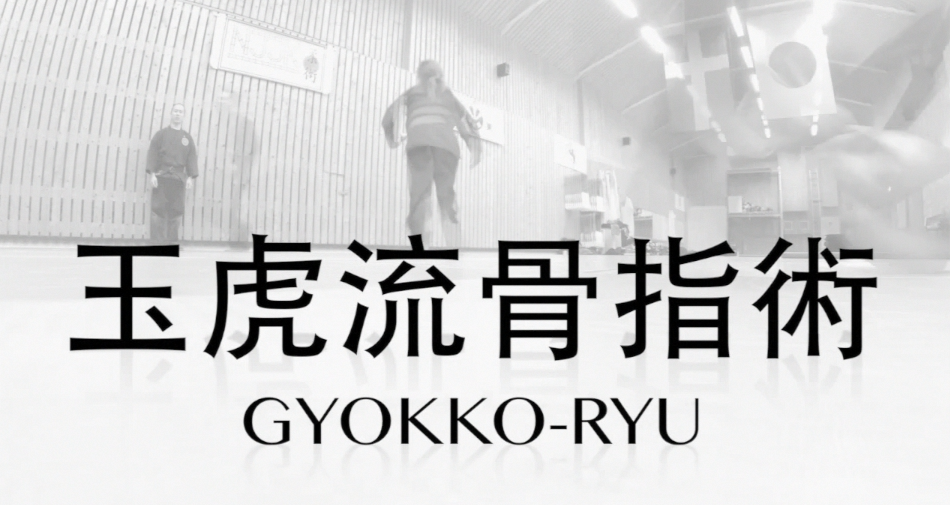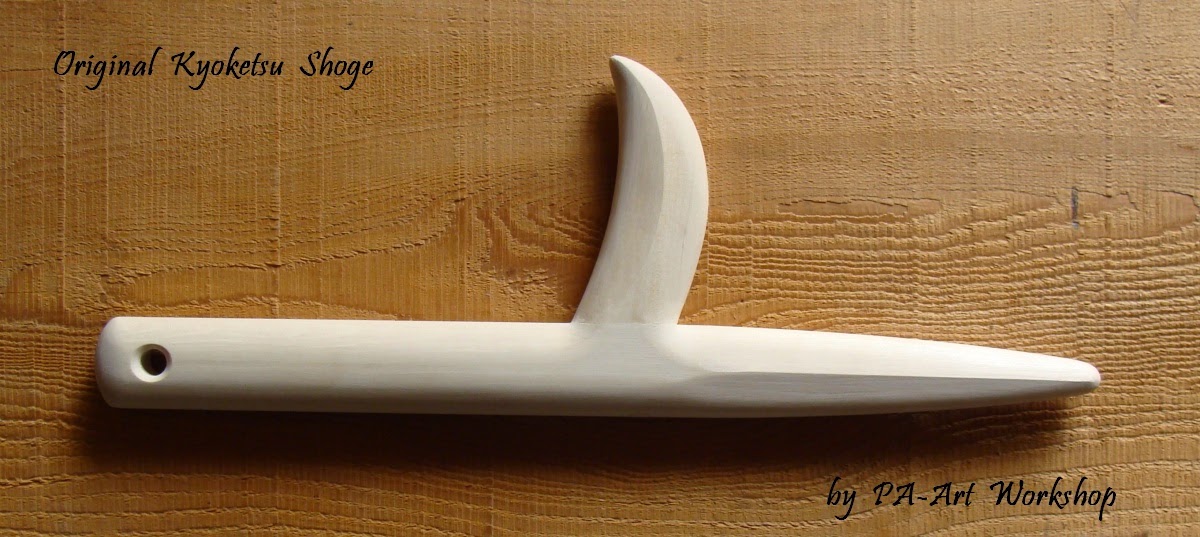From Shiro Kuma's Blog by kumablog

“The Last Is Always The Best” this is what I always think when I decide to study a weapon. The same is also true with the various ryûha of the Bujinkan.
Over the past 30 years I studied thoroughly Bô jutsu, Yari jutsu, Naginata jutsu, Hanbô jutsu, biken jutsu (kukishin and Togakure), Jô Jutsu, Nawa jutsu, Manriki gusari jutsu, Kunai jutsu, Jutte jutsu, Tsurugi jutsu, Tachi jutsu, Shotô jutsu. And I did that more than once.*
Funnily I always found the weapon studied to be the best of all! Even though it was the tenth time I was studying it.
This is why I love training. Training weapons is similar to polishing a jewel, it can always get better and shine more. You cannot say you know one weapon if you studied it only one time. Knowledge is the consequence of repetitive training.
The next level in weapon training is to reach the “Buki no Juppô Sesshô” where everything we do is directed by nature. The theme for 2014 is Shingin Budô which is achieved when our actions are done without consciousness. Our body moves by itself with the weapon we have, without trying to use it. Strong basics and regular repetitions develop this ability.
Hatsumi sensei taught the major weapons in a specific order and my understanding is that this is the way that they should be studied in the same order. I don’t think that sensei had a definite plan of teaching but as he taught these weapons in an order, this is the easiest way to do it as each new weapon was based upon the previous ones we already studied.
I was lucky to be training Bujinkan in the eighties and therefore was exposed to many weapon training that the new generation doesn’t know. I decided this year to dedicate my seminars in France exclusively to the learning of weapons. Taijutsu is important but cannot and shouldn’t be separated from the Yoroi and the Buki.
Remember that all these taijutsu techniques were designed for the battlefield. So in order to teach them to the young Samurai apprentices (aged from 7 to 14 years of age), they were stripped of the Yoroi and of the weapons for safety and practicality issues**.
When you try to reproduce a technique with no success, put the Yoroi and the weapons back into it, and you will uncover what is invisible. There is a reason for everything we do and the Yoroi / Buki is the origin of it. Maybe this is why after each technique in a densho it is written that “there is a kuden”.
For example we have been taught to clench the fist when blocking an attack. But when we see Sensei or the Shihan performing a block, they hardly hit their opponent, they simply take their balance softly. The origin of this blocking comes from the Yoroi. The kote (forearm) is only protected on the outside. Imagine a Samurai who has been wearing the Yoroi for a few hours or a few days. He is covered with sweat and dust. His skin is sticky and slippery.
When he blocks with the hand extended, the kote protection is probably going to slip down under the forearm, leaving the part used for the blocking, unprotected. By clenching the fist, the muscles of the forearm will expand and lock the protection in place long enough to receive the blow. This is why we teach the beginners to do the uke Nagashi worth a clenched fist in taijutsu.
At a higher level we still clench the fist even though we are not hitting the attacking arm but threatening directly the face of the opponent. Distance will do it.
I hope that you will review your weapon techniques with this in mind and become a member of the “the last is always the best” fraternity.
_________________
* You can get all these techniques for weapons at budomart they were recorded between 2010 and 2014 and are regrouped in more than 30 dvds of 90 minutes (yes this is 45 hours of videos). The dvds cover: Bô jutsu, Yari jutsu, Naginata jutsu, Hanbô jutsu, biken jutsu (kukishin and Togakure), Jô Jutsu, Nawa jutsu, Manriki gusari jutsu, Kunai jutsu, Jutte jutsu, Tsurugi jutsu, Tachi jutsu, Shotô jutsu, and Yoroi.
** Kids are small in size and Yoroi were expensive. Also, wrestling developed the body. This is why the apprentices had no Yoroi in their training. But weapons can be dangerous when there are no protection, therefore real weapons were forbidden (too risky) and replaced with wooden ones or not included in the technique. The instructors would then modify the original form to meet the new training requirements.


…














